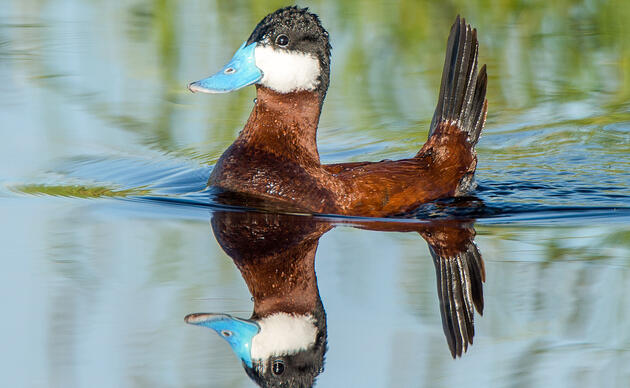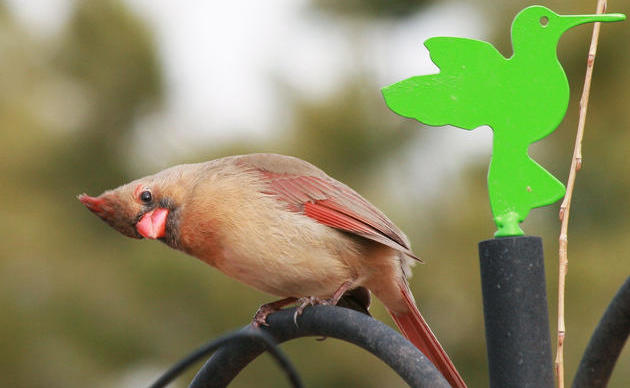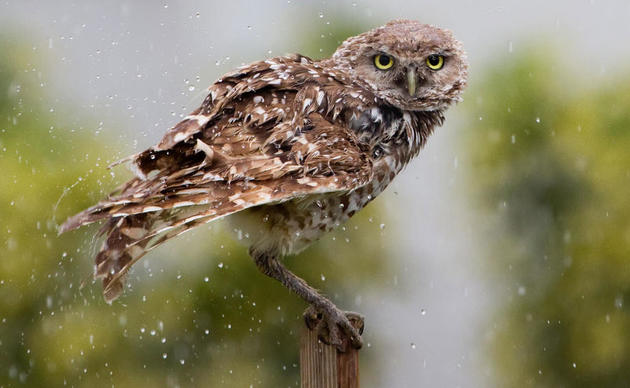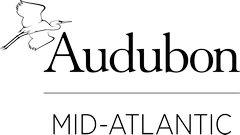In early 2021, Audubon Mid-Atlantic, the Maryland Coastal Bays Program, and the Maryland Department of Natural Resources collaborated on an effort to increase populations of the locally endangered Common Tern. The solution - a floating nesting raft designed to mimic the birds’ natural sand island nesting habitat, which has been steadily eroding due to sea level rise.
The artificial island consists of 18 connected floating rafts decorated with decoy birds, nest boxes, artificial grass, and other habitat elements. Each spring, a dedicated team of staff and volunteers deploys the island, which was built on wheels that allow it to be moved via a nearby public boat ramp.
Since its launch, the project has shown promising results, with the number of nests steadily increasing each year. In its first season in 2021, 23 pairs of Common Terns nested on the raft. By 2022, that number had grown to 155 nests. This year, more than 260 nests had been established on the raft by early June. In addition, this spring, the team has identified 85 returning adult terns—roughly 30% of all those banded in previous seasons—demonstrating a high level of site fidelity, or "philopatry," a behavioral trait especially strong in Common Terns.
In addition to benefiting Common Terns, the raft has supported other colonial waterbirds. This spring, endangered Royal Terns laid over 30 eggs on the floating island.
Despite these successes, the raft currently holds only 25% of the total population of nesting terns that were found in Maryland four decades ago, evidence of the impact that the loss of natural nesting areas has had on coastal birds. Although the artificial island provides a safe nesting area, it is clear that the raft is not sufficient to reverse large-scale population declines. Therefore, in recent years, Audubon has shifted focus toward policy solutions that can facilitate large-scale habitat recovery.
One effort that we hope will be a building block for longer term, coastal island restoration efforts was an effort that Audubon led this past spring to pass SB722/HB1155 in the Maryland state legislature. This bill creates an official state definition for Ecological Restoration. Audubon's conservation teams, policy teams, and partners across the state will use the definition as a building block for expedited permitting processes and innovative funding streams to support habitat restoration projects in Maryland, including nesting habitats in Maryland’s bays and saltmarshes. More expedient permitting and increased funding will help bird habitat restoration projects stay ahead of the ever-present threats of sea level rise and habitat loss. Audubon will continue to be a constant presence in Annapolis to ensure that Maryland's birds get the protections they need.
Long-term conservation efforts must focus on restoring and protecting natural nesting habitats to guarantee a sustainable future for species like the Common Tern. With continued success, it is hoped that more birds will return and rebuild populations—making the Common Tern a familiar sight along Maryland’s coast once again.
Stay up to date with the tern raft progress on social media through the Maryland Coastal Bays Program and Audubon Mid-Atlantic!
Audubon’s Delaware River Watershed Program Director Tapped to Shape Regional Watershed Plans and Climate Resiliency
With appointments to two regional commissions, Audubon aims to influence conservation and policy to protect the birds and people of the watershed.





